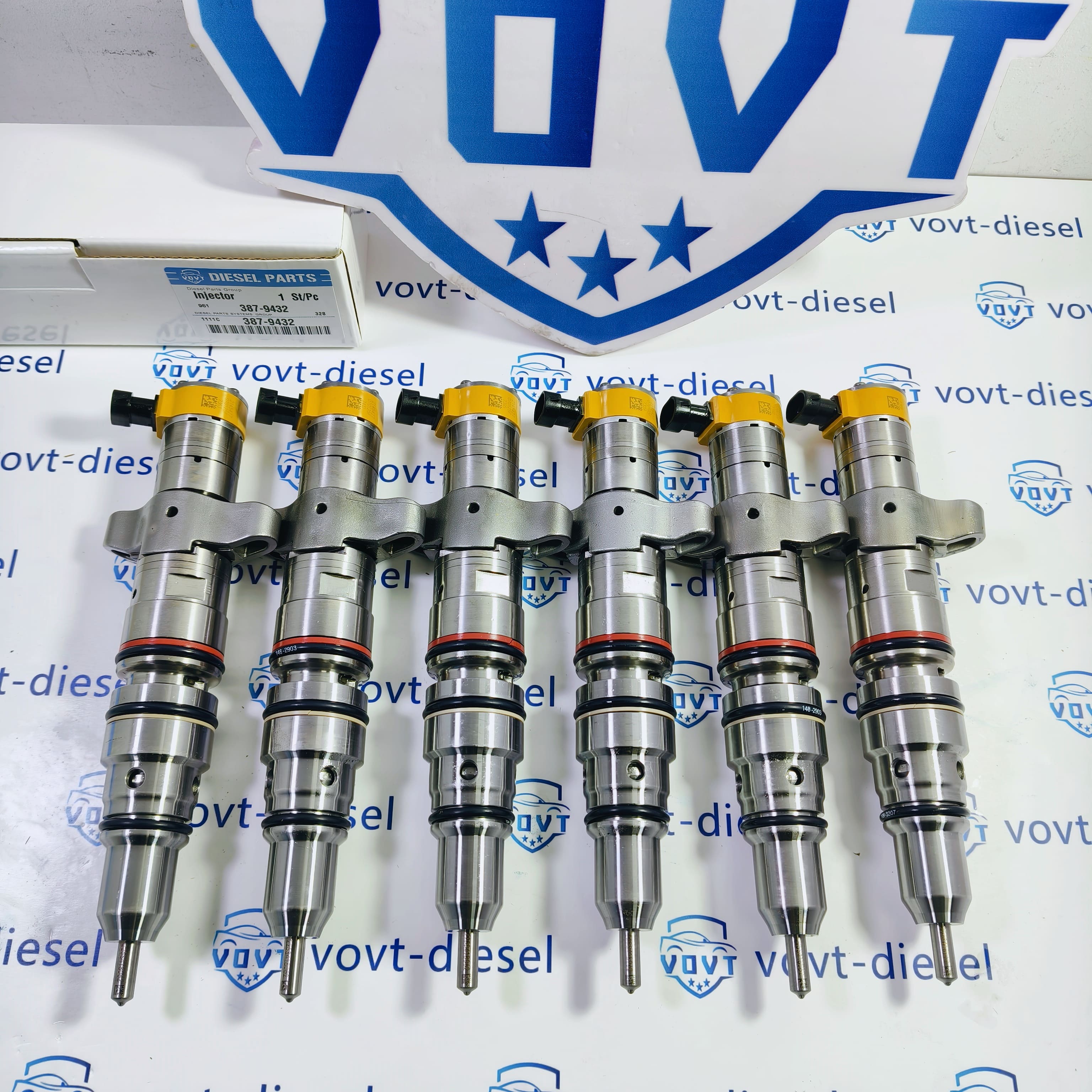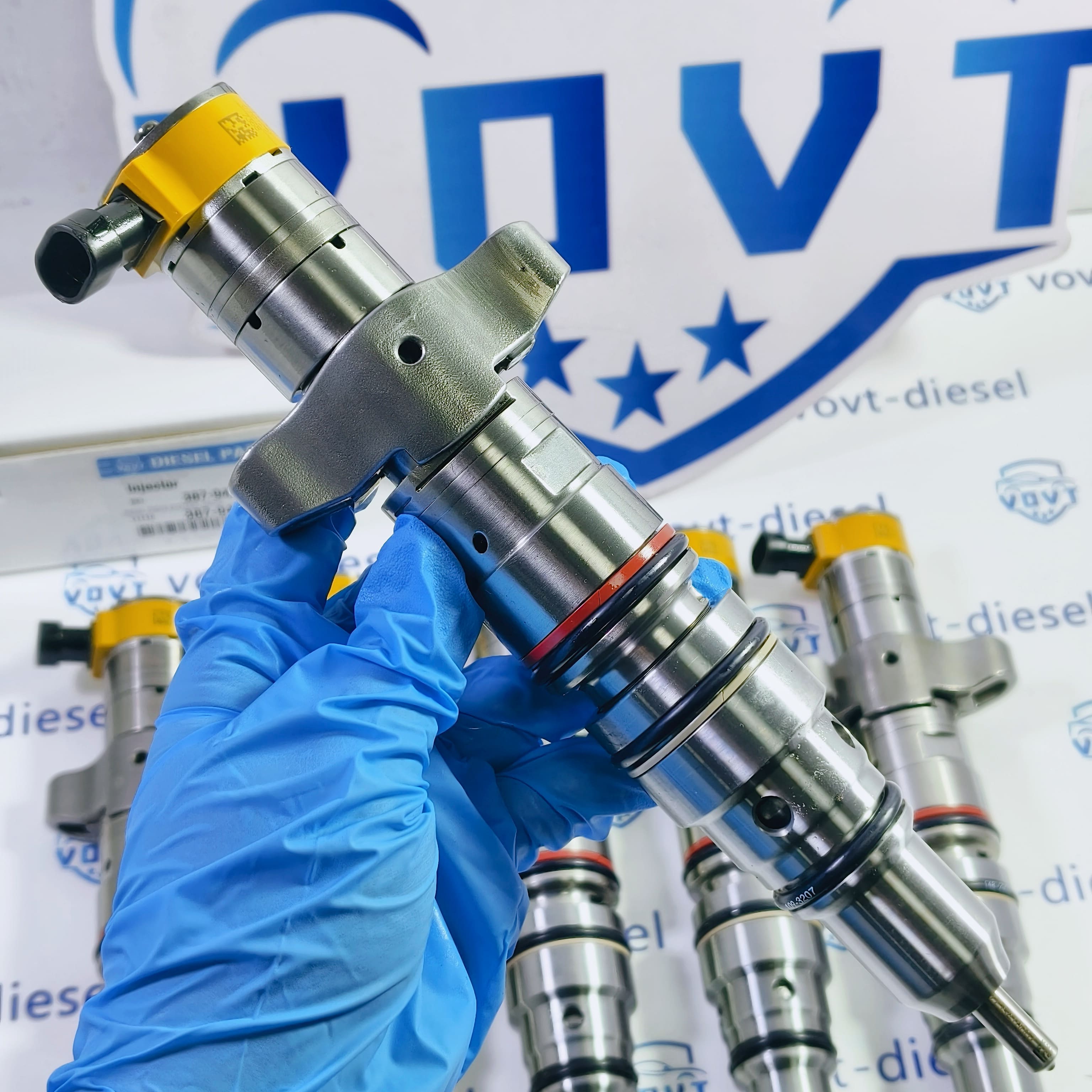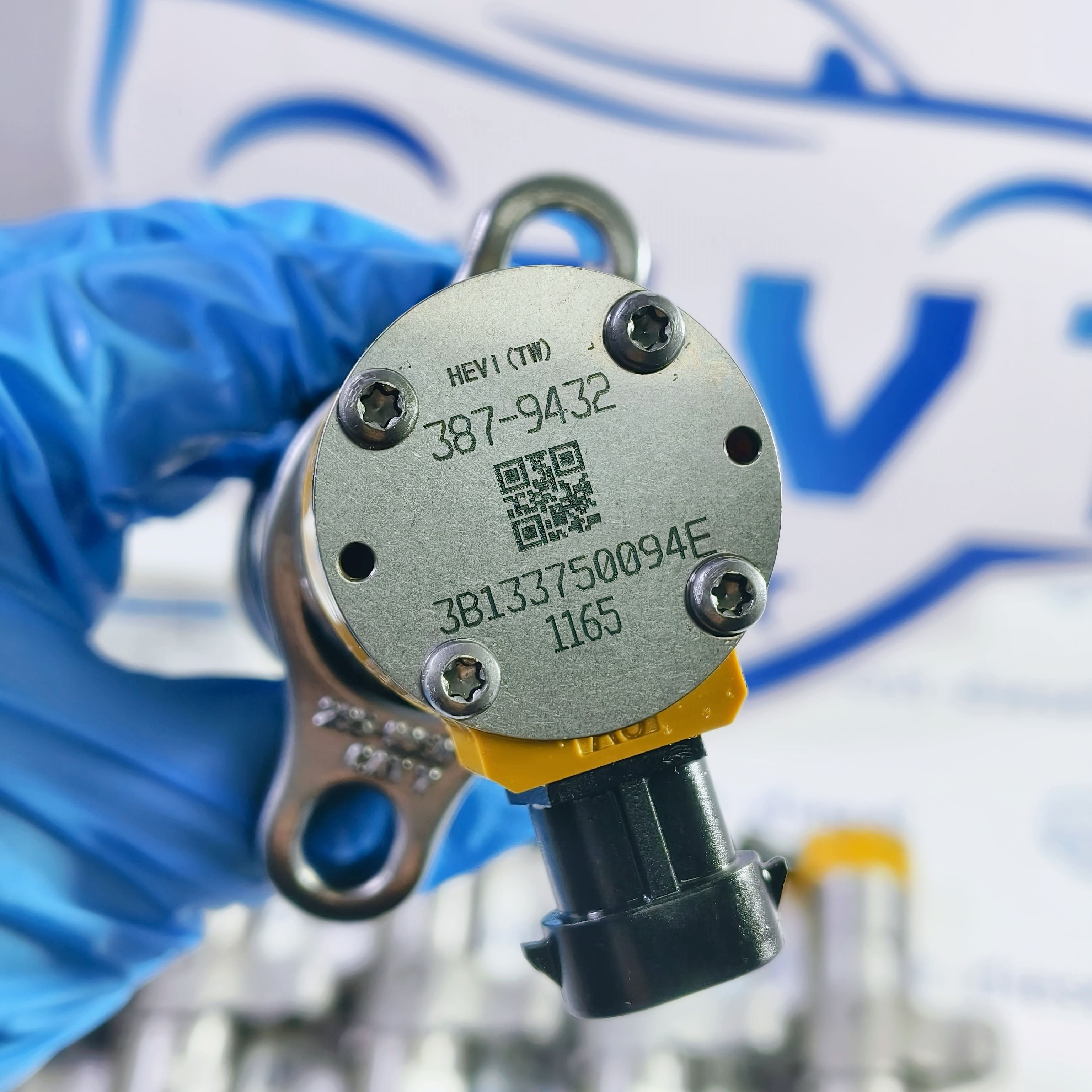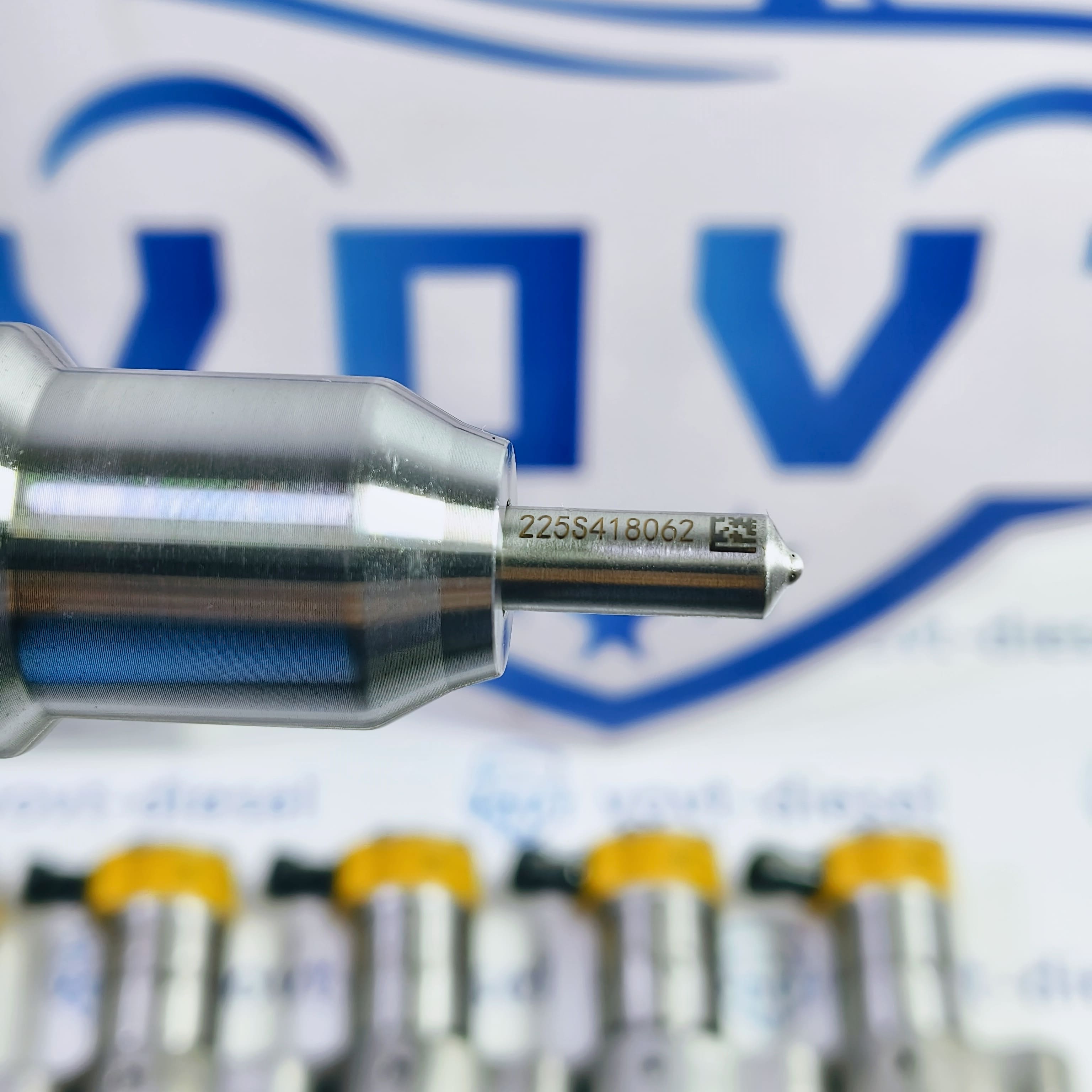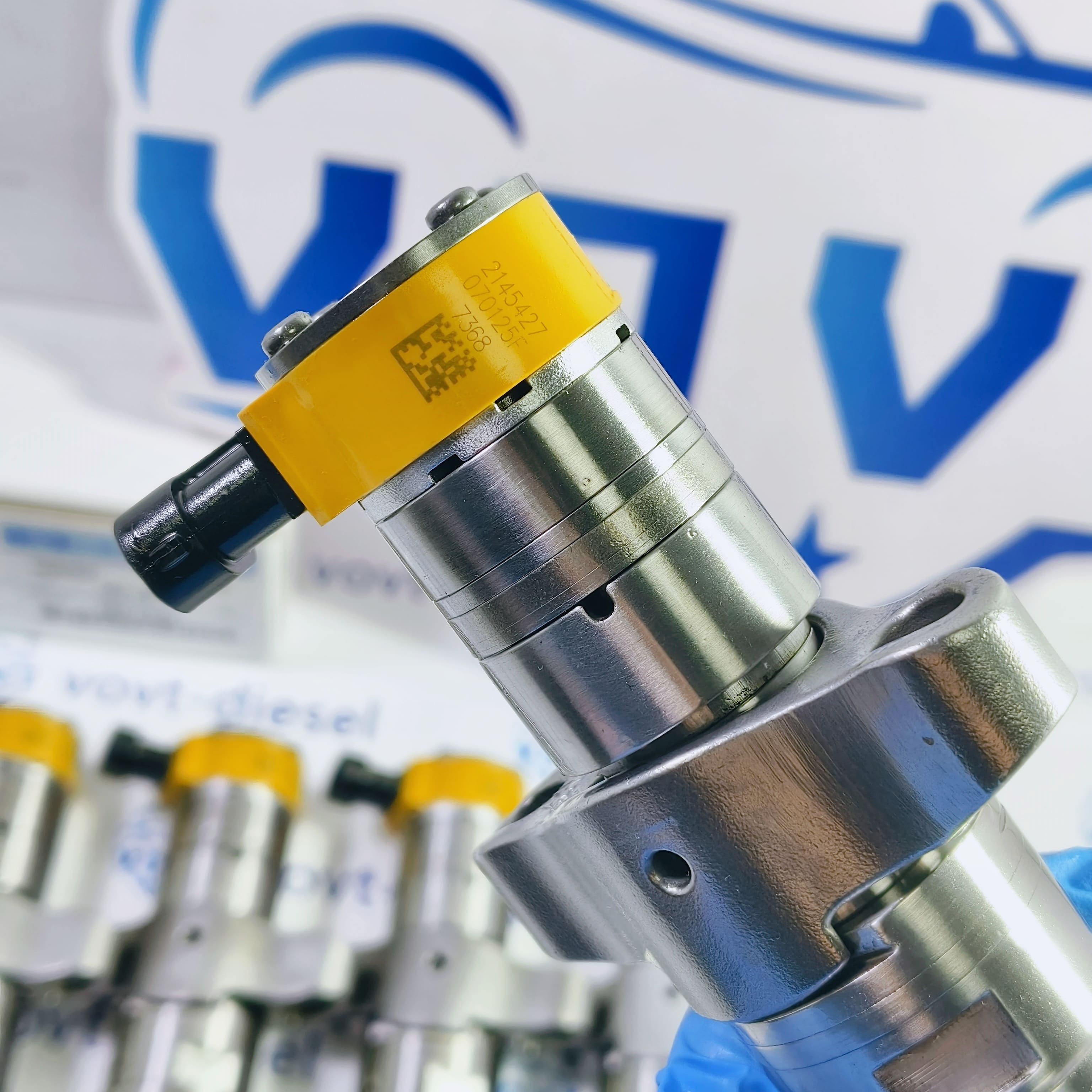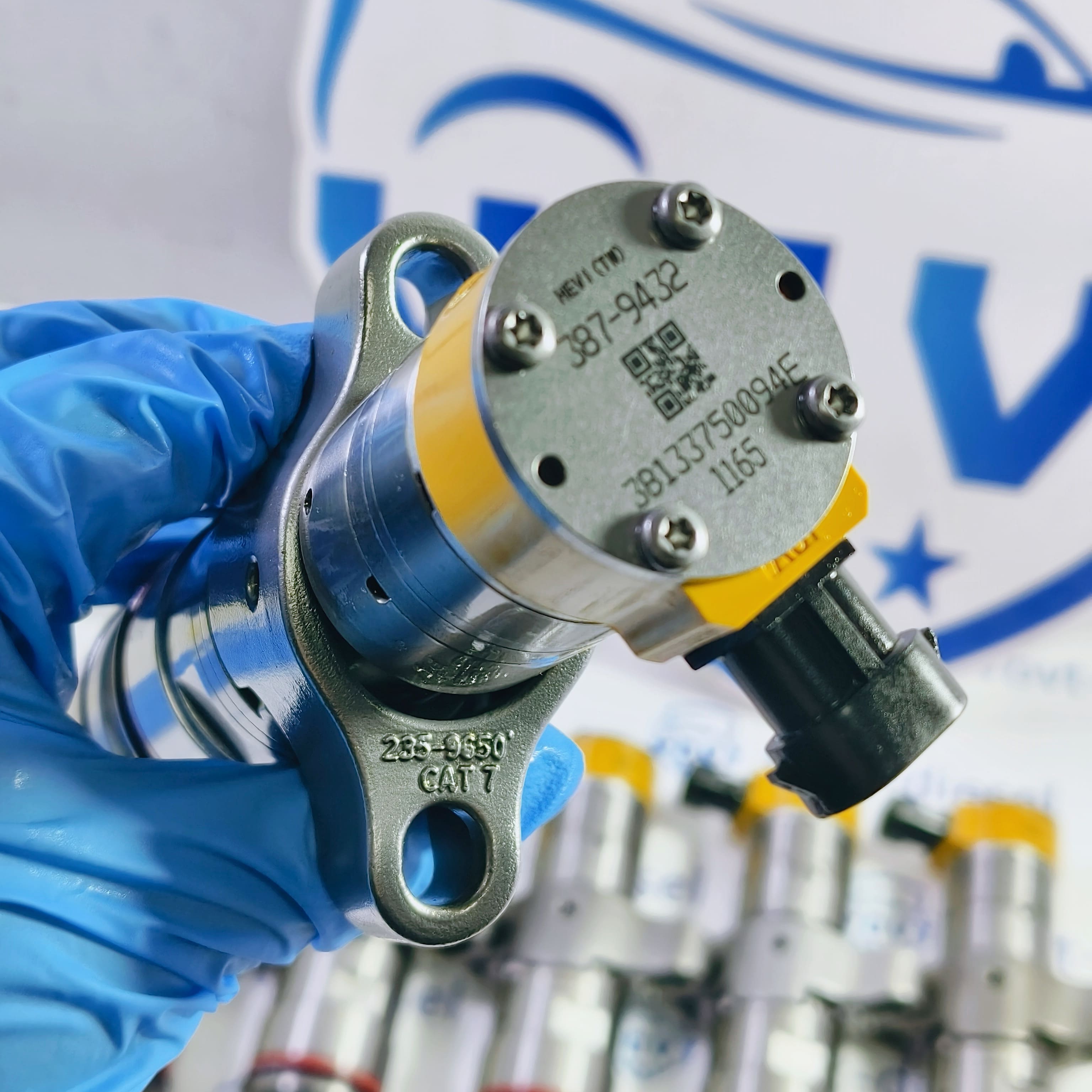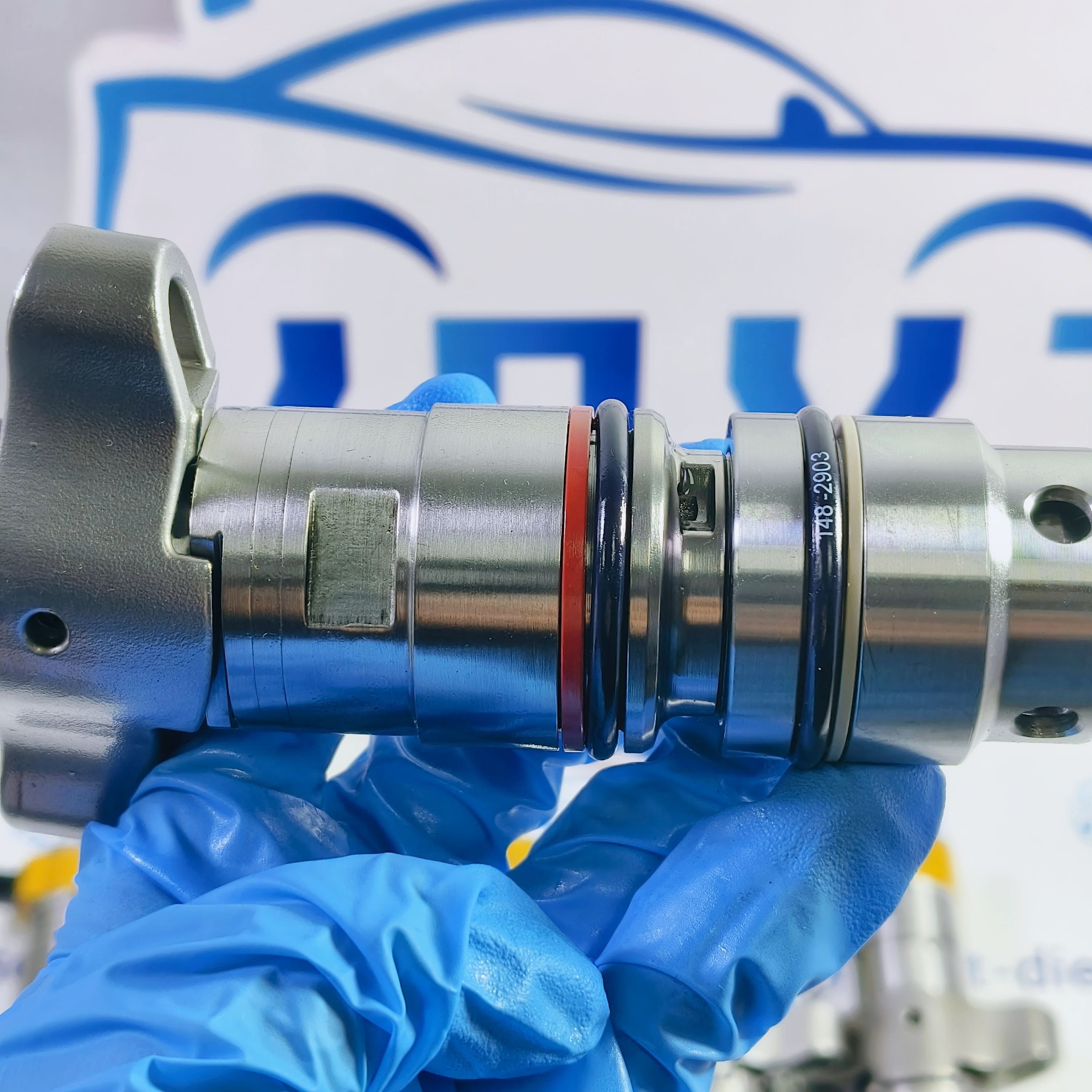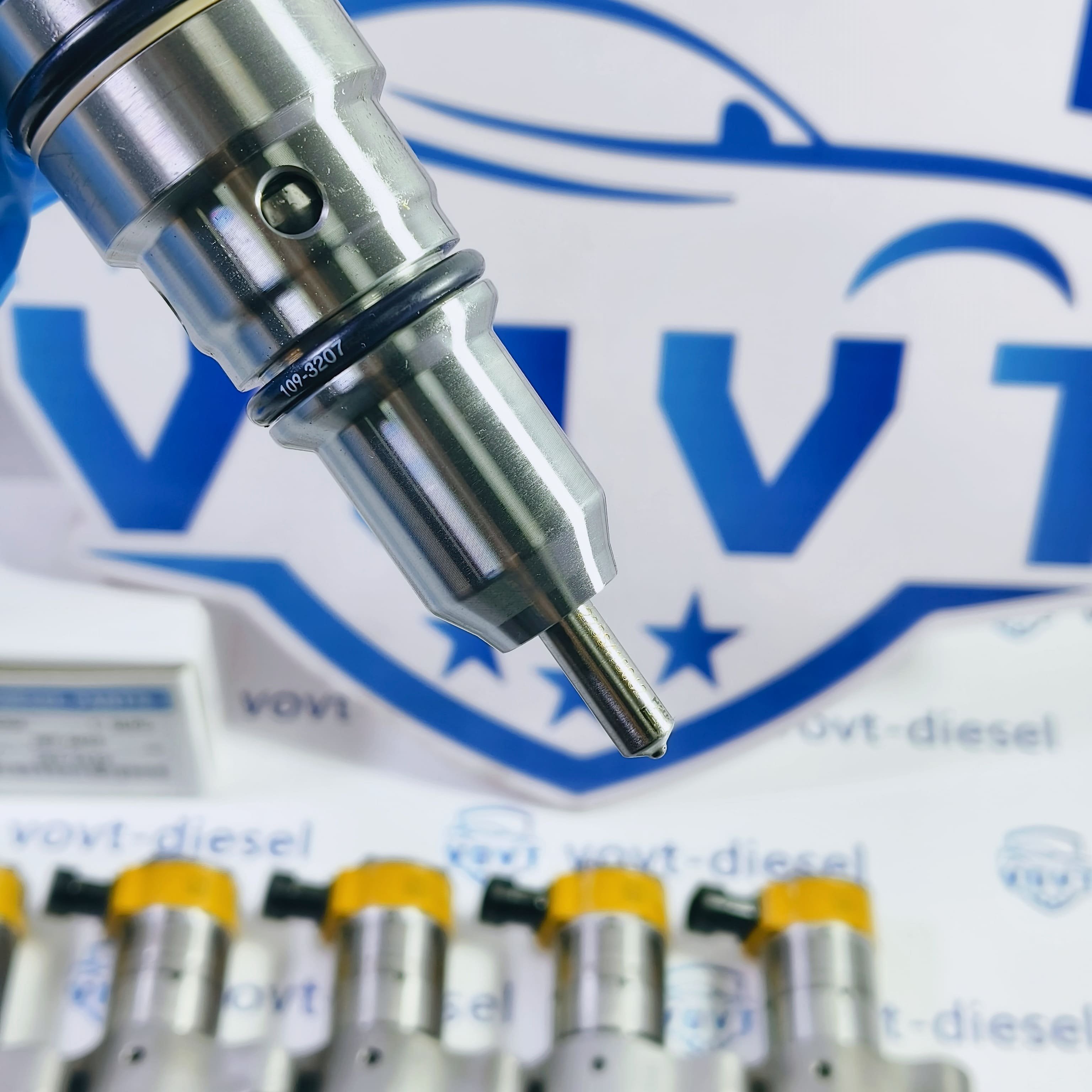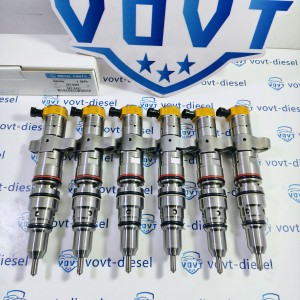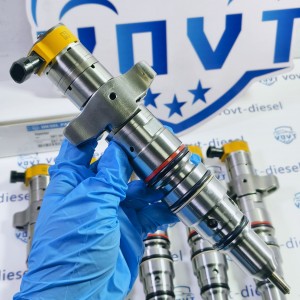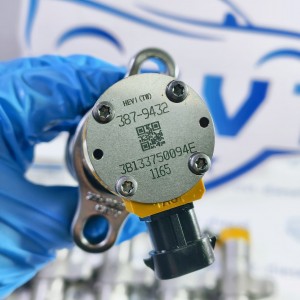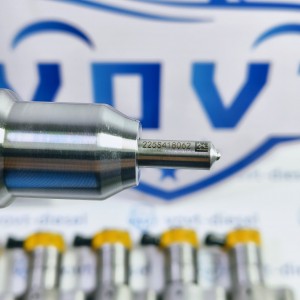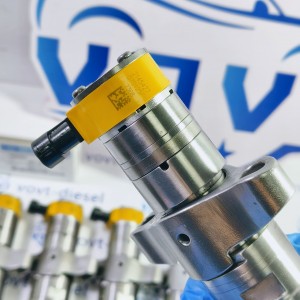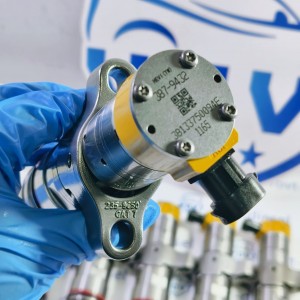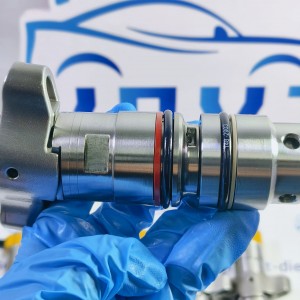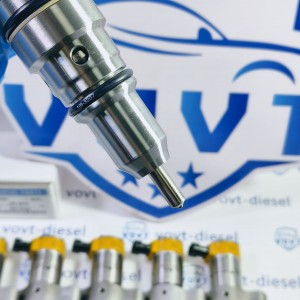New High Quality Diesel Injector 387-9432 3879432 For CAT
Products Description
| Reference. Codes | 387-9432 |
| Application | 387-9432 |
| MOQ | 4PCS |
| Certification | ISO9001 |
| Place of Origin | China |
| Packaging | Neutral packing |
| Quality Control | 100% tested before shipment |
| Lead time | 7~10 working days |
| Payment | T/T, L/C, Paypal, Western Union, MoneyGram or as your requirement |
Atomization Characteristics of Biodiesel in Injectors and Its Differences from Fossil Diesel
Abstract
Biodiesel has emerged as a sustainable alternative to fossil diesel due to its renewable origin and potential for reducing greenhouse gas emissions. However, its distinct physical and chemical properties significantly influence fuel injection and spray formation processes. This paper analyzes the atomization characteristics of biodiesel in injectors and compares them with conventional diesel, focusing on spray dynamics, droplet size distribution, and combustion implications.
1. Introduction
The atomization process inside diesel injectors plays a crucial role in fuel–air mixing, ignition delay, and overall combustion efficiency. Since biodiesel differs from fossil diesel in density, viscosity, and surface tension, its spray behavior must be investigated to assess its impact on engine performance and emissions. Understanding these differences provides a foundation for injector design optimization and adaptive fuel control strategies.
2. Physical Properties and Their Impact
Biodiesel generally has higher density and viscosity compared to fossil diesel. The increased viscosity reduces spray penetration velocity, while higher surface tension hinders droplet breakup. These factors typically result in larger Sauter Mean Diameter (SMD) droplets in biodiesel sprays, leading to slower evaporation and less uniform mixing. Conversely, fossil diesel, with lower viscosity and surface tension, forms finer droplets that promote more efficient atomization.
3. Spray Dynamics in Injectors
Studies using high-speed imaging and computational fluid dynamics (CFD) reveal that biodiesel sprays exhibit shorter penetration lengths and wider spray cone angles compared to fossil diesel under identical injection pressures. This behavior can be attributed to stronger momentum dissipation due to higher fuel density. While shorter penetration may enhance mixing near the nozzle, it risks insufficient mixing in larger combustion chambers. Fossil diesel, with its longer penetration and finer breakup, ensures better fuel–air distribution under most engine conditions.
4. Droplet Size Distribution
Droplet size analysis shows that biodiesel sprays produce a higher proportion of coarse droplets. This delays evaporation and prolongs ignition delay at low temperatures, potentially increasing unburned hydrocarbon emissions. Fossil diesel, on the other hand, forms smaller droplets with faster vaporization, supporting stable ignition and complete combustion. However, biodiesel’s larger droplets can reduce peak combustion temperatures, which contributes to lower NOx emissions.
5. Combustion and Emission Implications
The atomization differences between biodiesel and fossil diesel directly influence engine performance. Biodiesel’s poor atomization may lower thermal efficiency, but it also reduces soot formation due to inherent oxygen content in the fuel molecules. Fossil diesel provides superior atomization and higher efficiency but typically generates more particulate matter and greenhouse gas emissions.
6. Conclusion
The atomization characteristics of biodiesel differ significantly from fossil diesel due to variations in viscosity, density, and surface tension. While biodiesel generally exhibits coarser sprays and slower evaporation, its oxygenated nature contributes to lower soot emissions. Fossil diesel ensures finer atomization and efficient combustion but faces challenges in emission control. Future injector designs and adaptive control strategies should account for biodiesel’s unique spray behavior to fully harness its environmental advantages without compromising engine performance.

